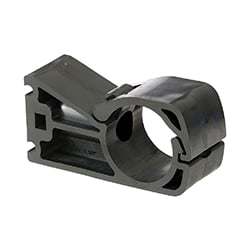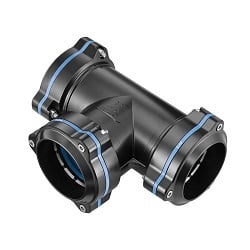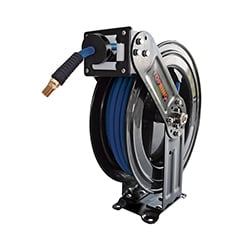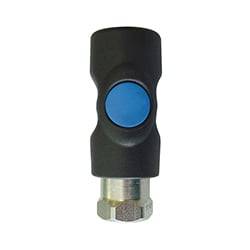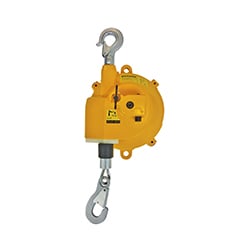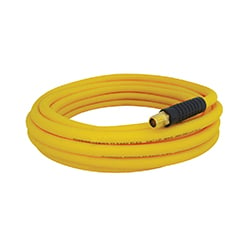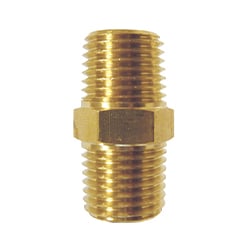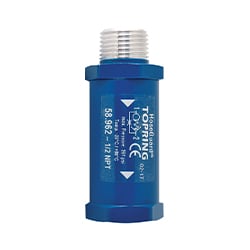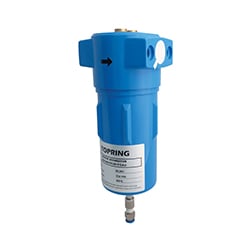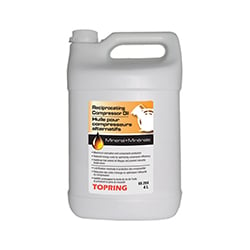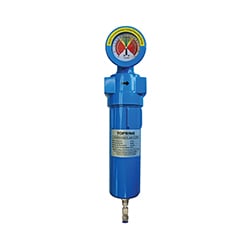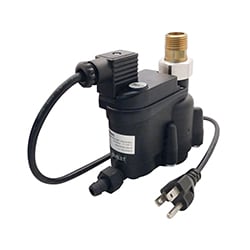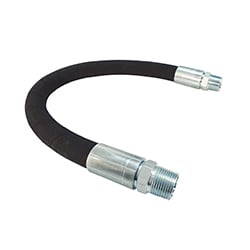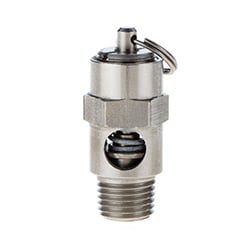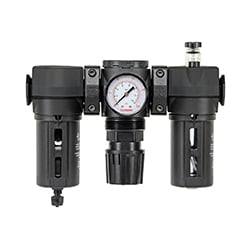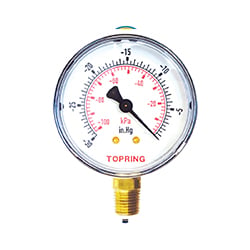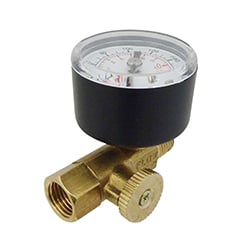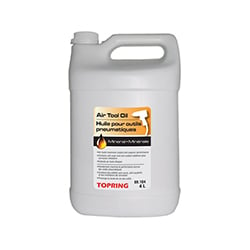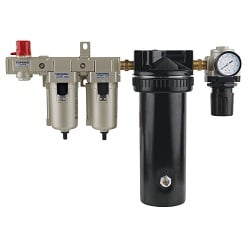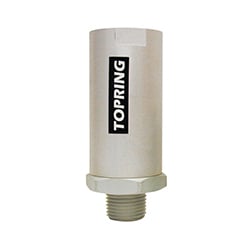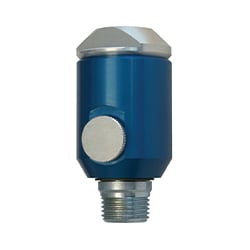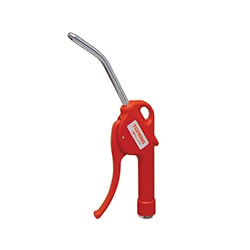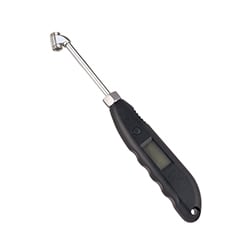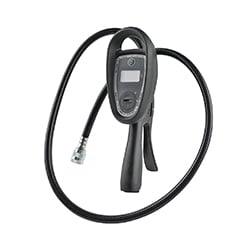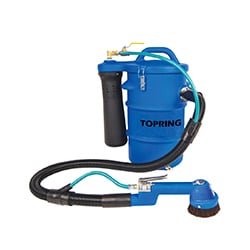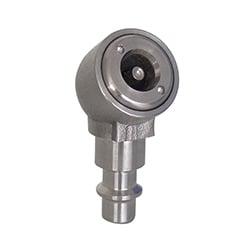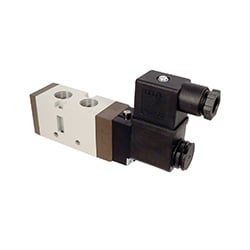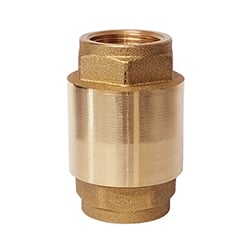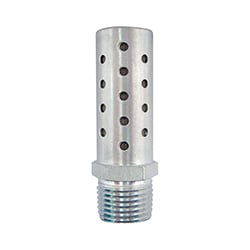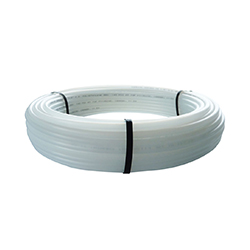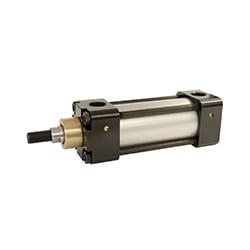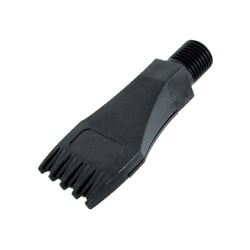When was the last time you checked your tire pressure? If you’re not sure, you're not alone!
Your tires and their rims support the vehicle’s weight by forming a buffer of air. For best results, your vehicle's tires should be inflated based on the vehicle manufacturer's guidelines. Don’t wait until you change your tires or until a tire has visibly deflated before you check its pressure. Be proactive and make a habit of checking your tire pressure!
Under-inflated or over-inflated?
The tire’s contact patch (or footprint) refers to the tire surface in contact with the roadway. The contact patch varies depending on tire pressure, as the shape of tire changes with the amount of air inside.
Driving with under-inflated tires
A tire is under-inflated when its air pressure is lower than the air pressure recommended by the vehicle manufacturer. When you drive with one or more under-inflated tires, you:
- Increase the rolling resistance, that is, the friction between the tire surface and the road surface.
- Wear the tire prematurely and shorten its service life
- Increase your fuel consumption (for example a single tire that’s under-inflated by 8 psi will increase fuel consumption by 4%).
- In the worst-case scenario, your tire may blow out and cause an accident.
Conclusion :
For your own safety and that of your passengers, avoid driving a vehicle when the tires are significantly under-inflated!
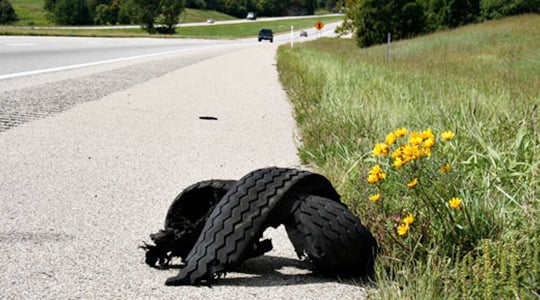
An under-inflated tire can blow out, or rupture, while you’re driving and cause an accident.
Driving with over-inflated tires
When a tire is over-inflated, only the middle of the tread is in contact with the roadway. When you drive with one or more over-inflated tires, you:
- Increase wear on your tires and suspension
- Reduce the tires’ contact patch, which means less adhesion to the road, resulting in a rougher drive and poor handling (e.g. steering or braking problems).
Conclusion :
If you want to keep both you and your passengers safe, never drive a vehicle with over-inflated tires!

If a tire is even slightly over-inflated, it won’t adhere properly to the road surface. As a result, you may lose control of your vehicle or otherwise become a hazard to yourself and others on the road.
Handy tips for measuring tire pressure
TPMS: an automatic system
Most vehicles now come with a tire pressure monitoring system (TPMS). A TPMS consists of an electronic sensor installed on the original tire valve that connects to the vehicle's computer. The sensor measures tire pressure and calibration. A warning signal on the vehicle's dashboard lights up or a message is displayed if there is a problem with a tire. There’s no need for vehicle owners to check their tire pressure because the system does it for them.
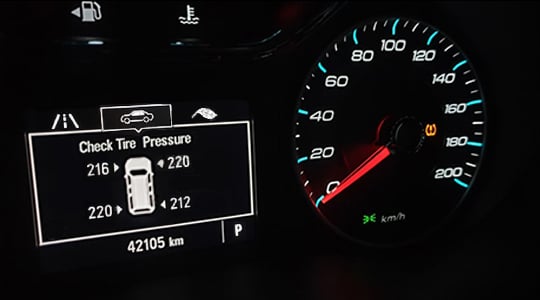
If the vehicle has a TPMS, a light on the vehicle's dashboard will come on or a message will be displayed when tire pressure is too low or too high.
However, when you change your tires (e.g. winter tires), your new ones may not have a TPMS sensor. In this case, you’ll need to check the tire pressure yourself since the vehicle’s computer won’t be doing it for you. 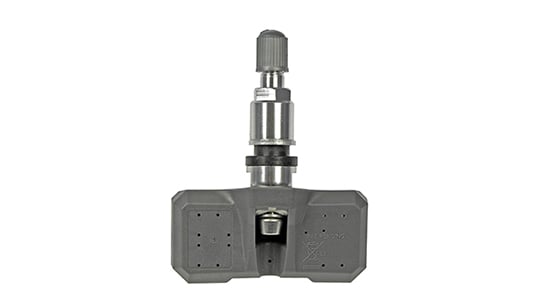
If your vehicle has a TPMS, make sure your tires always have a tire pressure sensor. It’s easy to find single sensors to install on replacement tires like your winter tires. Talk to your mechanic about installing sensors.
Know the manufacturer’s recommended tire pressure
To determine your vehicle’s optimal tire pressure, refer to the tire information label or “placard”, usually found on the driver’s door frame or door post, the glove box, the fuel door, or in the owner's manual. Remember that this pressure also applies to the vehicle's spare tire!
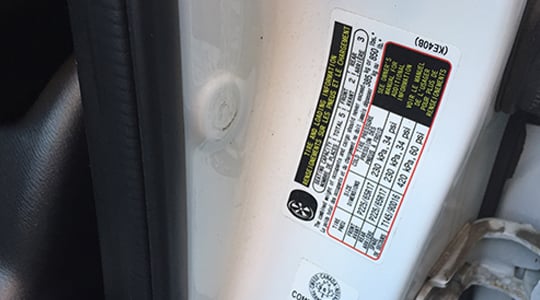
The tire information label or placard is usually located on the vehicle’s door frame or post.
Check your tire pressure every month and before every long trip
It’s best to check your tire pressure once a month and before a long-distance road trip. This will keep you and your passengers safe and will prevent any unfortunate incidents, as well as premature tire wear and increased fuel consumption. You can use several tools to check tire pressure. Dial or digital pressure gauges make it easier to maintain the right pressure and provide a far more accurate reading than the pressure gauges at gas stations. Keep one handy in your vehicle at all times.
Important: Check the pressure when tires are cold
Check your tire pressure when the tires are cold. Tires are “cold” if your vehicle hasn’t moved for at least three hours or if you’ve just driven less than 2 km.
BONUS: Check tire wear
If you’re checking your tire pressure, it’s a great time to check your tires for wear, that is, their condition, age, shape, and tread depth. Depending on how they’re used, tires usually begin to lose their properties and deteriorate after five years.
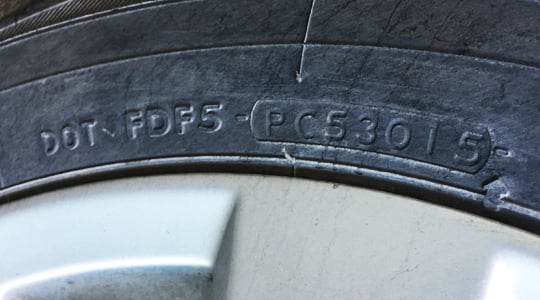
To identify the tire’s date of manufacture, look for the DOT code (4 digits) on the tire’s sidewall. The first two digits of the code refer to the week the tire was manufactured, while the last two refer to its year of manufacture.
Driving with one or more worn-out or bald tires is as dangerous, or even more dangerous, than driving with the wrong tire pressure. A tire that’s too worn won’t be able to channel water, mud, or gravel and keep its grip on the road. This can cause you to lose traction, increase your braking distances or hydroplane, and put you at risk of being fined.
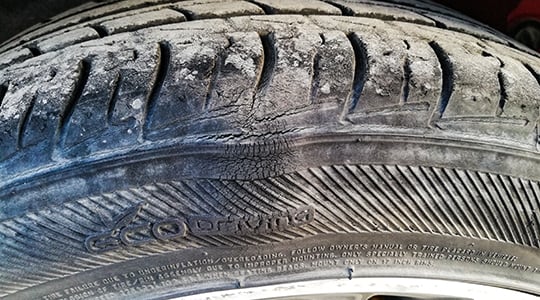
A tire that has reached the end of its useful life gradually deteriorates. It may warp, bulge, dry out and crack, making it increasingly dangerous to use and more likely to blow out or rupture.
Measure your tire’s tread depth
Although drivers in the province of Quebec are legally prohibited from driving on tires with a tread that is less than 1.6 mm (2/32 in.) deep, experts agree that no one should drive on tires with a tread depth of less than 4.8 mm (6/32 in.). Below this threshold, tires can lose traction in certain situations. Similar legislation has been enacted in every Canadian province and territory.
It’s best to use a tire tread depth gauge to determine your tire’s exact condition. Measure its wear using the TWI. One mistake that people make far too often is measuring wear anywhere on the tread. To make sure your tires wear evenly, remember to rotate your tires every six months or every 10,000 km. Refer to the owner's manual for your vehicle.
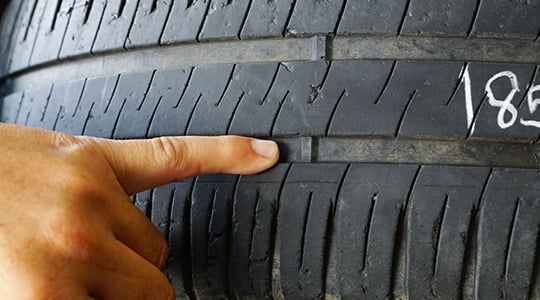
Every tire has a tread wear indicator (TWI), which is a 1.6 mm tread block that’s embedded in the main grooves of the tread pattern. When the tire depth reaches the same level as the TWI, the tire’s legal wear limit has been reached and the tire must be replaced quickly.
Tools for tire inflation and maintenance
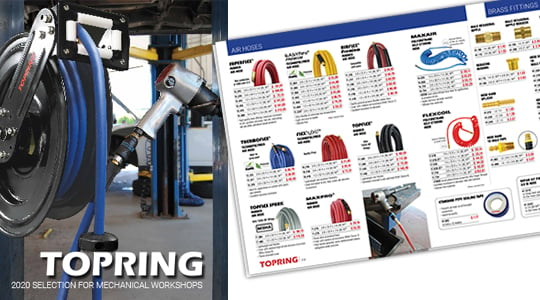
To see Topring’s full line of products for the automotive market, refer to our Automotive Maintenance Catalogue.


